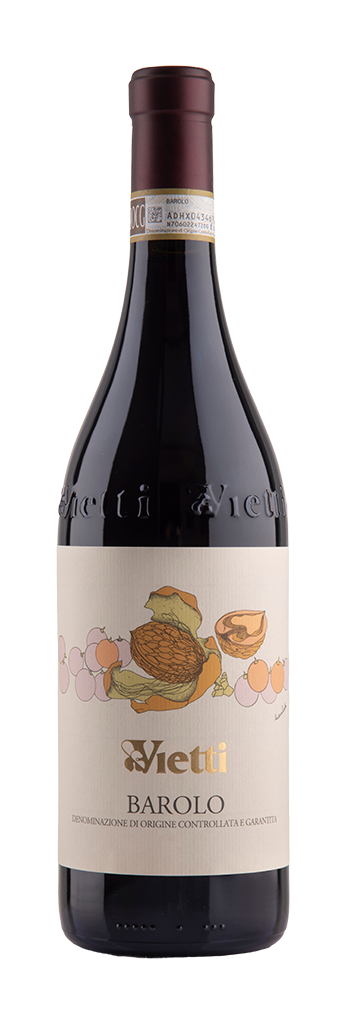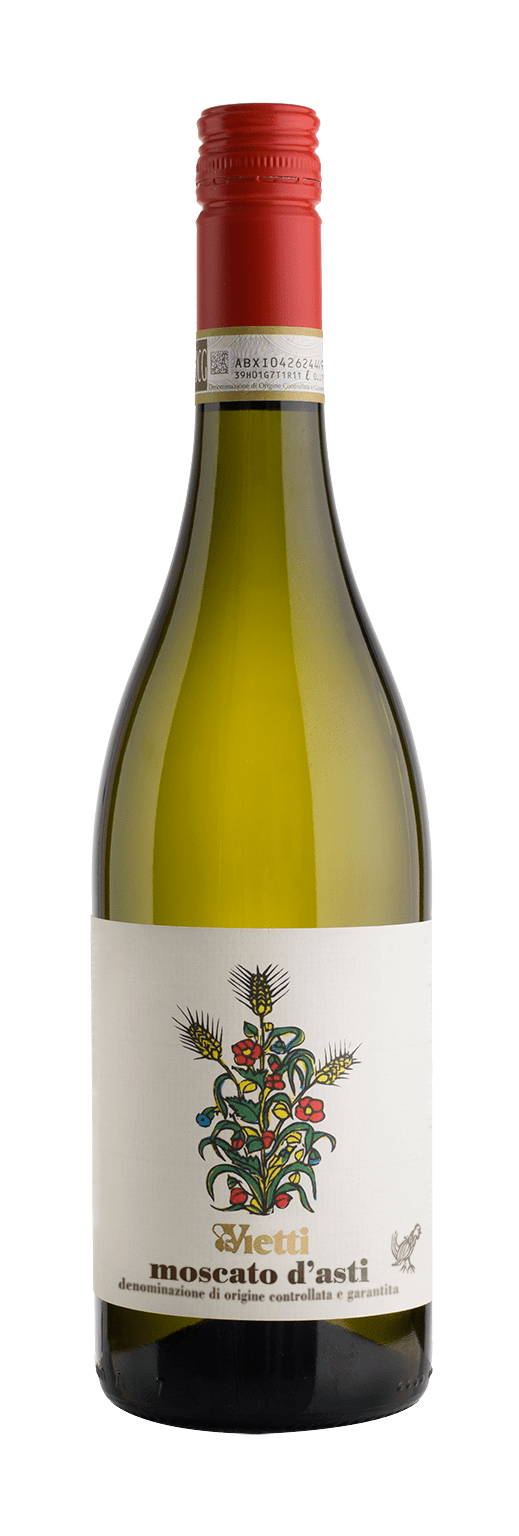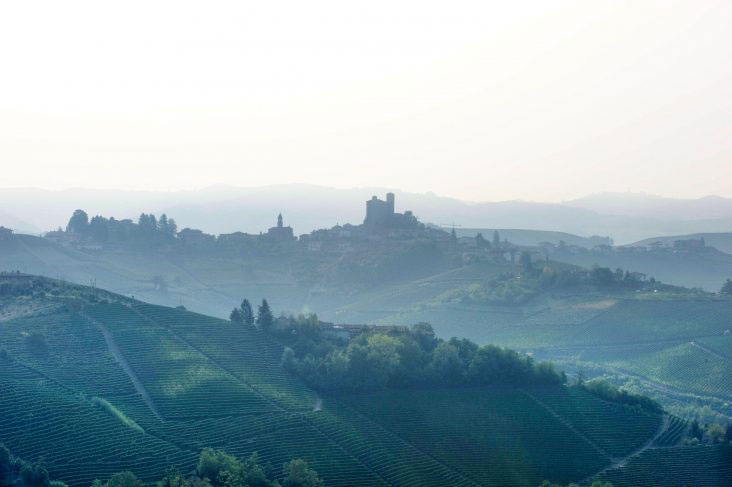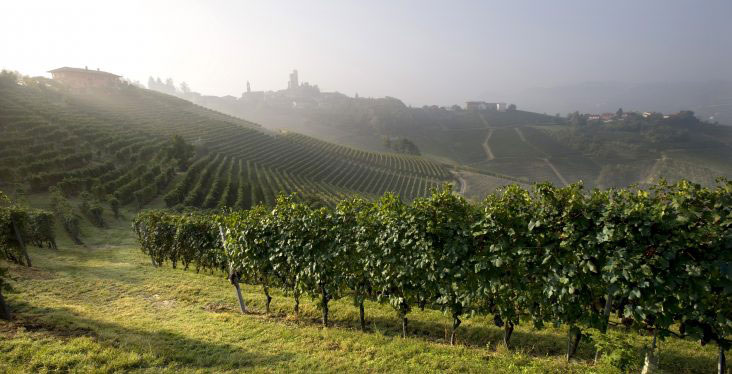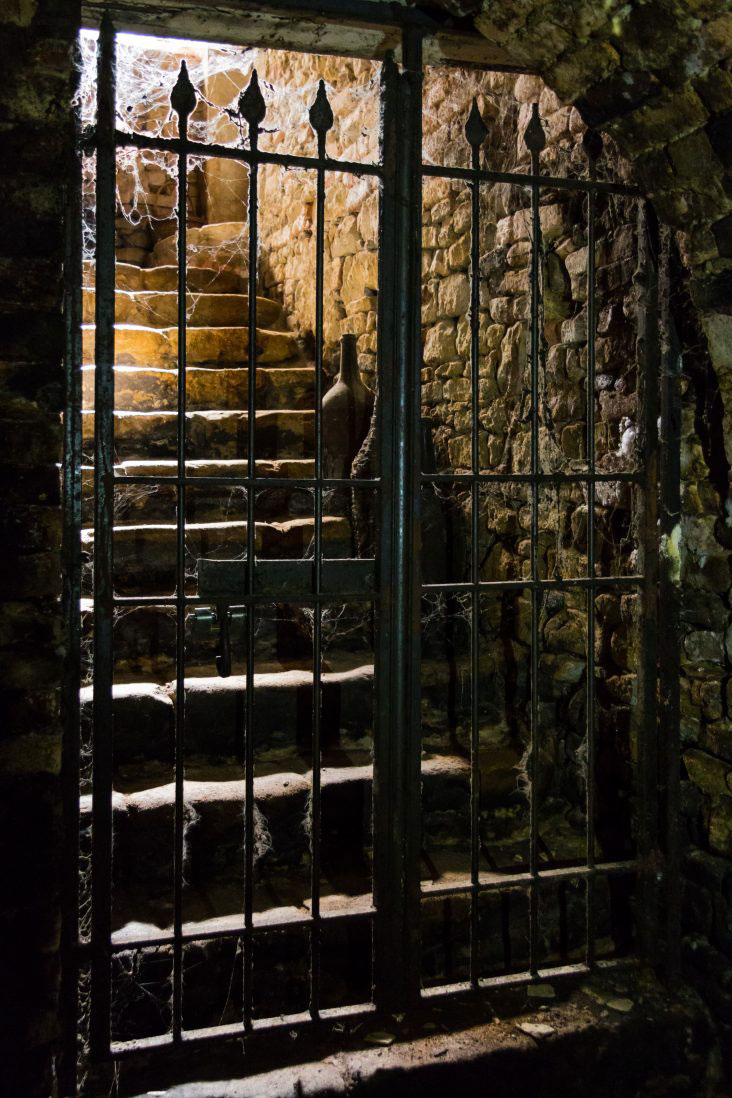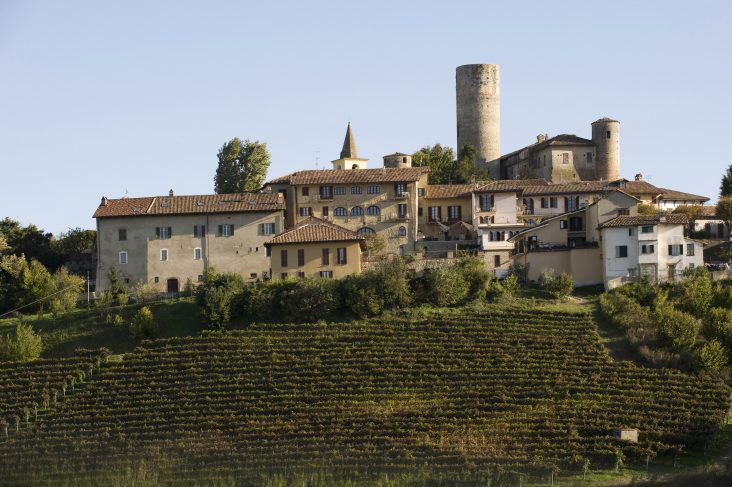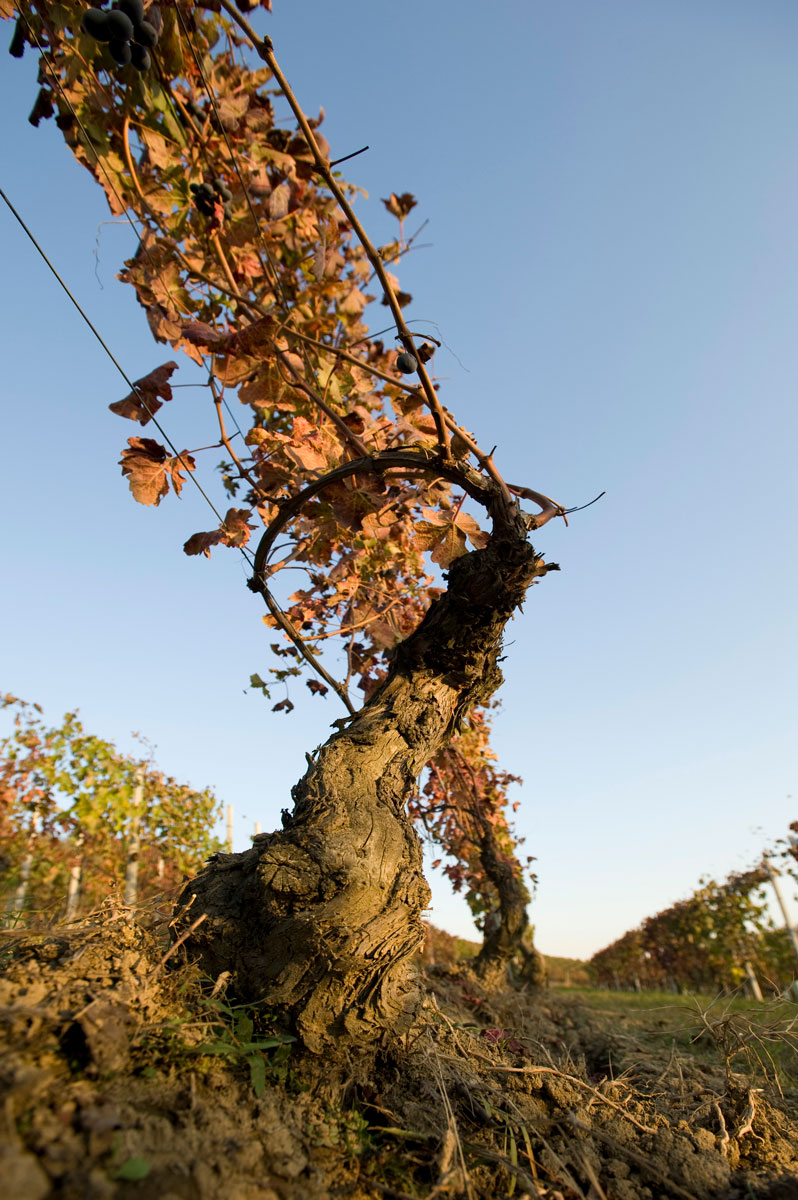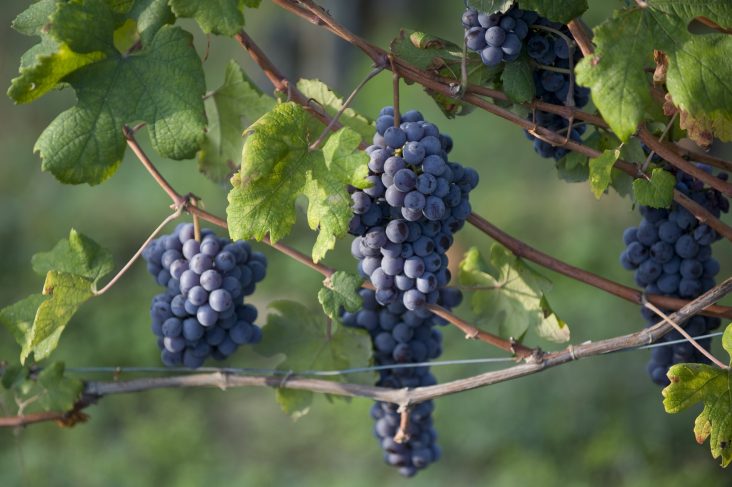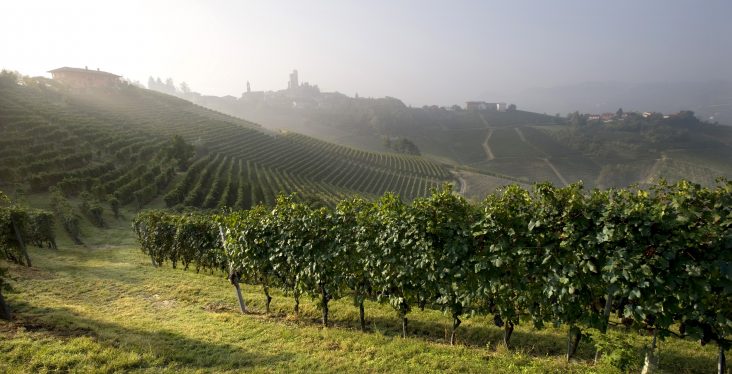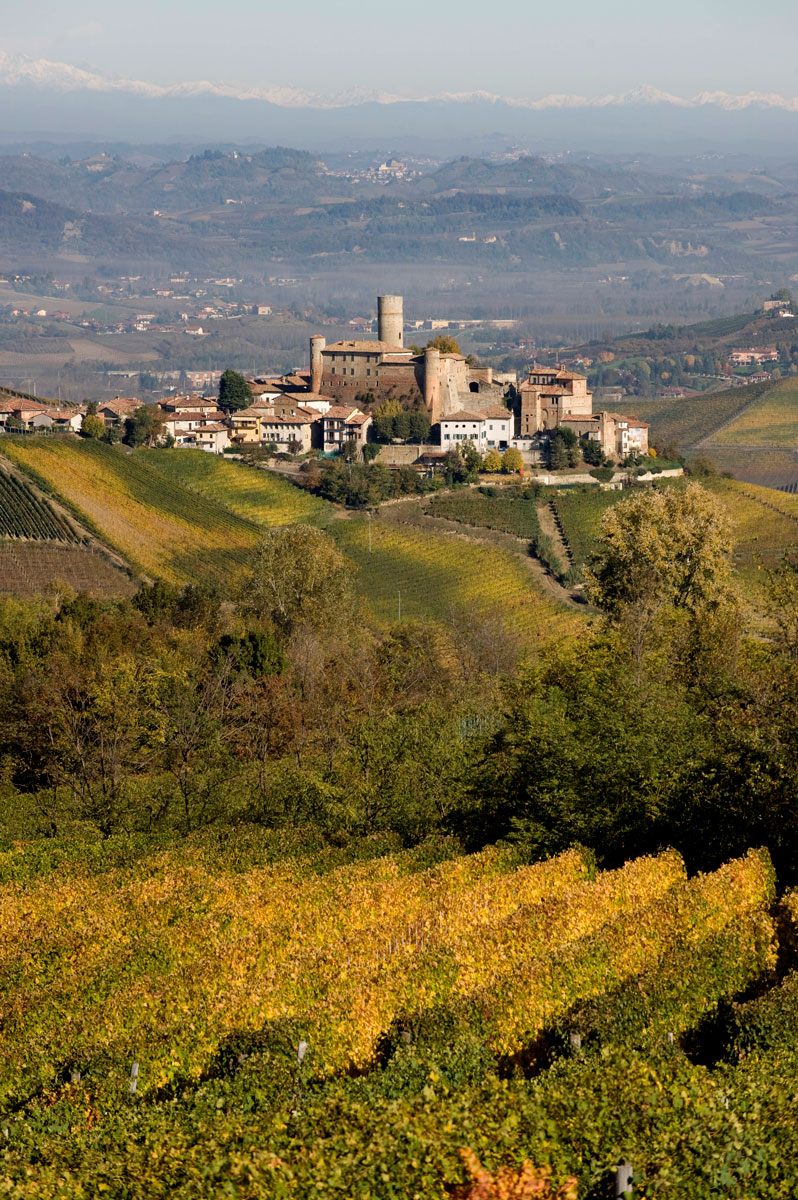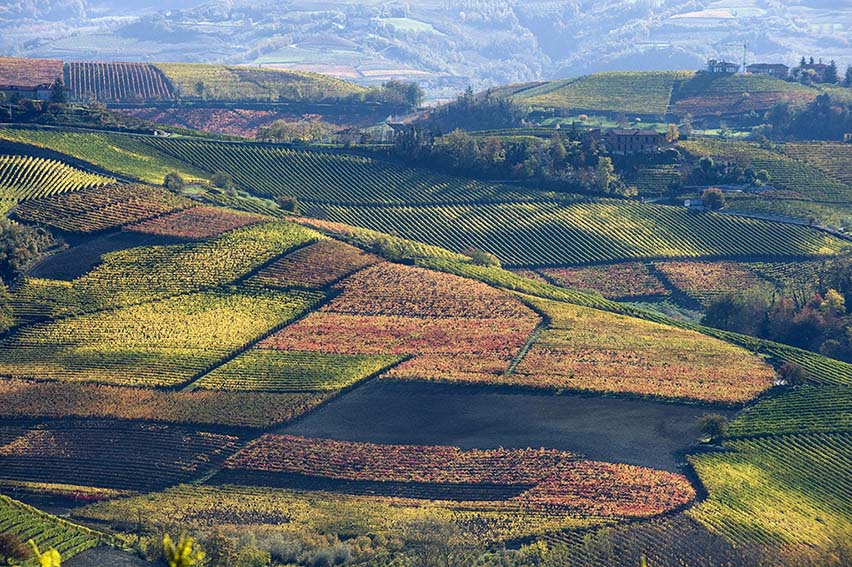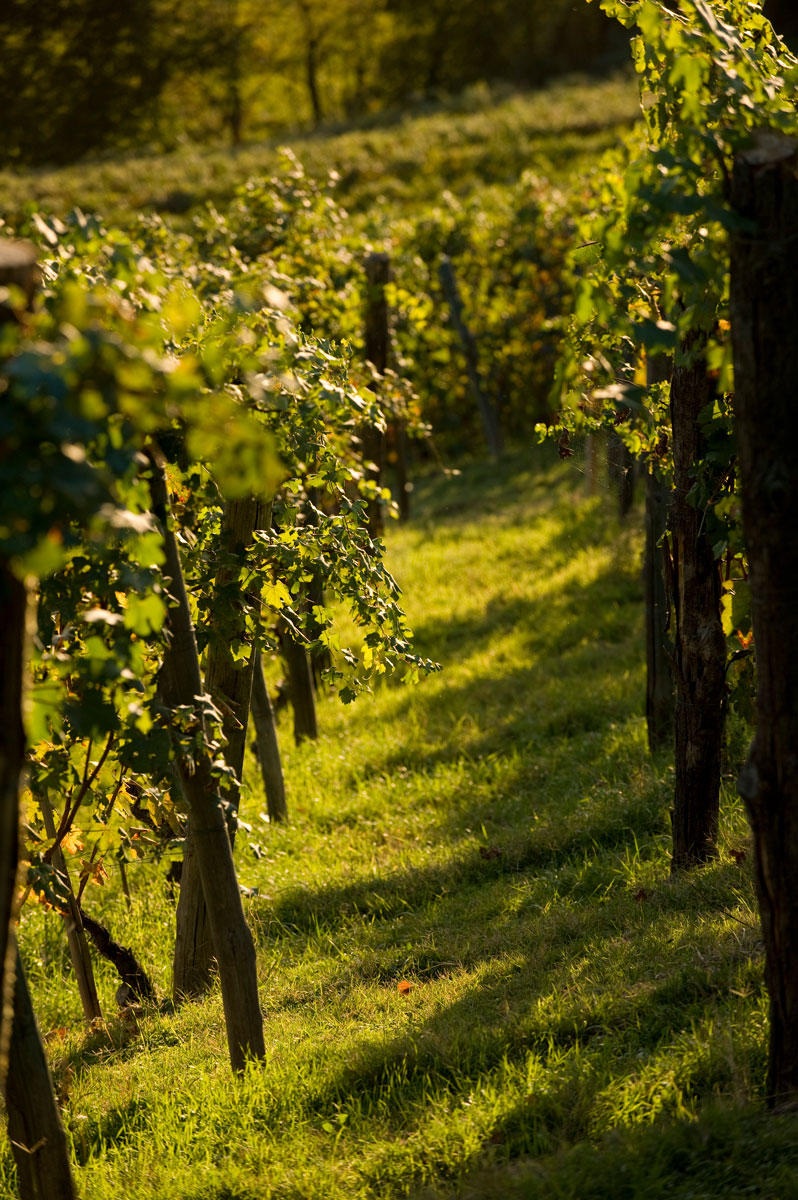FEATURED
PRESS
NEWS AND REVIEWS FROM OUR FRIENDS IN THE INDUSTRY
VIEW ALL REVIEWS
|
96
JANUARY 2025
Vietti Barolo Cerequio DOCG 2021
Choices, choices, choices... The Vietti 2021 Barolo Cerequio is another classic from this over-performing estate. This parcel was purchased in 2018 from the Chiarlo family (the Krause family acquired Vietti in 2016), and although the location is La Morra, the site behaves more like Sarmassa in Barolo, creating wines with a firm, tight entry and good structure. You could say that it has a nervous character now in its adolescence, and of course we expect it to smooth out and find harmony with time. Fruit was harvested on September 30th, and the wine sees 27 days of extended skin maceration. Compared to Brunate, which is always darker in character, the Cerequio is lighter and brighter with pretty primary fruit. Production is 4,890 bottles.
95
DECEMBER 2025
Vietti Barolo Brunate DOCG 2021
This rich, supple red displays plenty of lively cherry and raspberry fruit alongside eucalyptus, juniper and iron notes. Backed by dense tannins, yet the aftertaste is persistent and reveals the ultimate potential. The purity of the fruit should become more evident with time. Best from 2028 through 2048.
94
JANUARY 2025
Vietti Barbera d’Asti La Crena DOCG 2022
The 2022 Barbera d'Asti La Crena is a heady, opulent wine. White truffle, chocolate, menthol, licorice, plum, blackberry and incense give the 2022 an exotic quality that is impossible to miss. Soft, succulent tannins wrap it all together. This is beautifully pushed to the maximum.
95
OCTOBER 2024
Vietti Barolo Monvigliero DOCG 2020
Top notes of rose, strawberry and cherry are underscored by earth, menthol, iron and tobacco flavors in this elegant yet intense red. Fluid, with a texture that borders on viscous and excellent definition on the long, complex finish. Best from 2027 through 2045.
98+
JANUARY 2025
Vietti Barolo Rocche di Castiglione DOCG 2021
This is a serious beauty that reminds us of the brilliant work underway at this leading estate. Yes, ownership has changed over recent years, but this wine remains "Rocche-solid." From an epic vintage, the Vietti 2021 Barolo Rocche di Castiglione is a classic with those elegant mineral notes of glacial till and flake salt followed by carefully ripened fruit, blackcurrant and a finely tuned floral note of fragrant tea leaf that hits the high notes. The effect is ethereal but also precise. Fruit comes from two parcels, one planted in 1958 and the other in 1969, and the blend is half of each fermented together. Fruit was picked on October 1st, and the wine saw 24 days on the skins. The first year this wine was produced is 1961. The Rocche di Castiglione site has 35% sand with marl soils that continue to evolve, kicking out more new sand. Only 3,728 bottles exist, and that's the bad news.
97+
JANUARY 2025
Vietti Barolo Brunate DOCG 2021
Brunate is also one of my favorite wines from Vietti (and, boy, is it hard to choose favorites) thanks to that playful hint of fresh mint that I usually find, especially in the best vintages. You certainly get it in the 2021 Barolo Brunate, and although I'm not sure how long it will last as the wine evolves, my experience suggests it only gets stronger and more beautiful in time. Indeed, this vintage (with 23 days of skin maceration) shows exceptional depth and precision with aromas that go beyond the mint, spanning instead to grilled rosemary and Darjeeling tea. The wine shows excellent textural support and broad shoulders, followed by tannins that are both sweet and chalky. It shows profound generosity and depth. Brunate always has an intense, dark soul. A total of 4,835 bottles were made.
98
JANUARY 2025
Vietti Barolo Monvigliero DOCG 2021
JAMES SUCKLING TOP 100 ITALY 2025 - #69
Lots of violets, cola and blueberries on the nose, complemented by a clay pot note. Fascinating aromatics. The palate is medium- to full-bodied with polished tannins. A cohesive and complete wine that’s angular and incisive, with subtlety, precision and elegance. Lots of personality in each detail. It needs at least four years to soften. But what a wine.
97
DECEMBER 2025
Vietti Barolo Monvigliero DOCG 2021
This red is aromatic and haunting for its strawberry, cherry, rose hip, sweet hay, iron and licorice aromas and flavors. Expressive and harmonious, this is also firmly structured and long on the complex, fruit-and savory-fueled finish. Best from 2029 through 2048.
|












